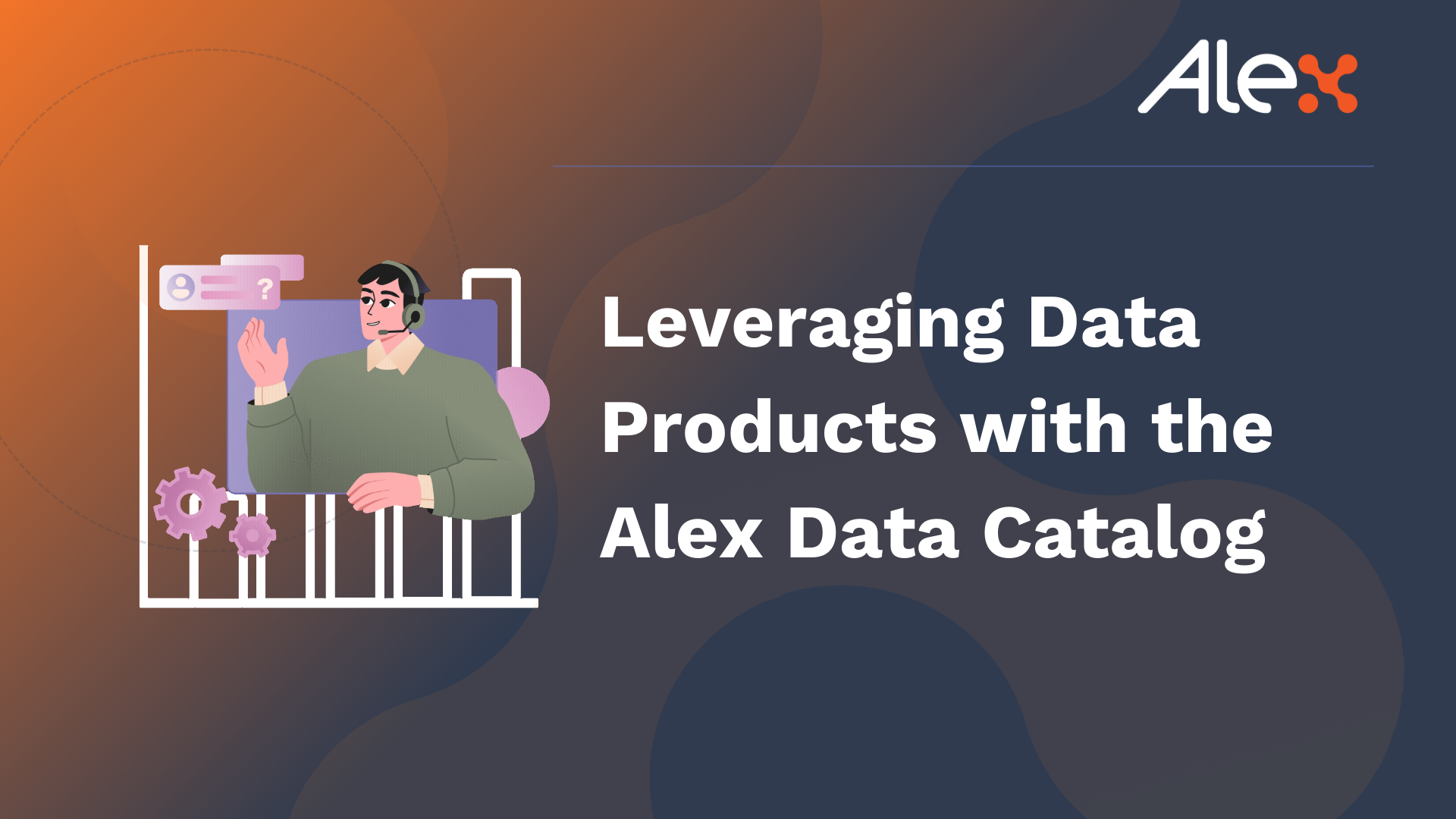As a business analyst, your job is to ensure that your company makes informed decisions. However, determining whether the data sources you’re using are reliable can be challenging. The solution is simple: use an automated catalog that provides an overview of all your data.
By knowing which data sources are available, what their schemas are, and where they’re located in your IT infrastructure, your team can make better decisions based on accurate information.
Business analysts often have an ongoing need for data.
With the exponential growth of available information in recent years, finding the necessary information as quickly and efficiently as possible is crucial. If you’re not using tools like PowerBI your job will be harder than it needs to be. But what if you need to know where the data in PowerBI comes from?
Business Analysts Find the right data can feel like searching for a needle in a haystack.
Business analysts struggle to find useful data, interpret its meaning, and use it effectively. The problem is that data can come from various places, such as internal systems (e.g., ERP, CRM), public sources (e.g., government agencies), or third-party providers (e.g., Salesforce).
As the number of enterprise applications grows, so does the number of data sources.
This creates a problem because business analysts can’t keep up with all the data.
As a result, there are two trends happening in organizations:
-
Business Analysts are searching for relevant information in an attempt to make decisions or solve problems. They’re spending more time looking for data than using it! This is not only inefficient but also creates risk because it means that you have less time than ever before to make good decisions on what information will be useful when making decisions or solving problems.
-
The number of business analysts doesn’t match up with the volume of information available. As new information becomes available daily, keeping up with it becomes increasingly difficult.
A single query across multiple data sources can be downright impossible.
The biggest problem with traditional data integration is that it’s not a single query across multiple data sources. Instead, every query requires its own set of connections and transformations, which are then stored in an OLAP cube or dimensional model. This means that if you want to run another report on the same data–or even just re-run one of your existing queries–you’ll have to do all the work again from scratch. It also means that each new report or analysis will require its own connection management system, which can become complex over time as your environment grows larger and more complex.
The other issue with traditional ETL solutions is quality control: How do you know whether your results are accurate? In many cases, organizations end up relying on manual checks from human analysts who have no idea how their systems work internally (and may even be biased).
Business analysts are expected to sift through massive amounts of data and come up with solutions.
In recent years, this expectation has become more daunting than ever before. The amount of available information has increased exponentially, making it harder for business analysts to find what they need in order to make decisions on behalf of their organizations. This means that you need new tools in order to be more efficient with your time and resources while still meeting expectations from your clients or managers.
The solution is an automated catalog that provides access to all data.
Business analysts can use this catalog to find the necessary data and create queries, saving time and reducing errors. Spreadsheets can be eliminated or at least no longer individually sifted through, and a single query across multiple data sources will enable easy access to necessary data in seconds. As the number of enterprise applications grows, every company should have access to this type of power.
Why Alex For Automation
By deploying automation across various compliance processes, Alex can significantly reduce the time required for manual tasks. The Alex Automated Data Lineage feature visualizes data flows and provides insights into who has access to sensitive data, what they can do with it, and when and where they access it. With automated, clear visual maps that track sensitive data assets over their entire lifecycle across all applications, manual investigation can be replaced with real-time impact analysis, even when there are hundreds of hops along the way.
As part of our comprehensive approach, we monitor the usage permissions and access information of sensitive data, including PII, PCI, and PHI. Our dashboardable heatmaps identify exposure risks at an organization-wide level, while alerts trigger data owners and teams to take remedial actions, such as configuring access controls or revising policies rapidly, to stop breaches before they happen.
Our solutions meet the stringent requirements of companies in industries including healthcare, financial services, manufacturing, and government. Our strategy includes:
-
Unifying and standardizing data governance, privacy policies, business definitions, rules and processes
-
Automating day-to-day processes like risk assessment and audit preparation so your team can devote more time to high value tasks like addressing gaps in your data protection policies or undertaking strategic initiatives that improve efficiencies or drive growth
-
Enhancing awareness of privacy risks through easy access to key information via our user-friendly dashboard interface, integrated business glossary including compliance policies and Automated Data Lineage
-
Enabling users across departments to collaborate on data privacy initiatives without requiring extensive system integrations
To learn more about how Alex Solutions can enhance your data operations with automation in 2023, request a free personalized demo from our expert team:




